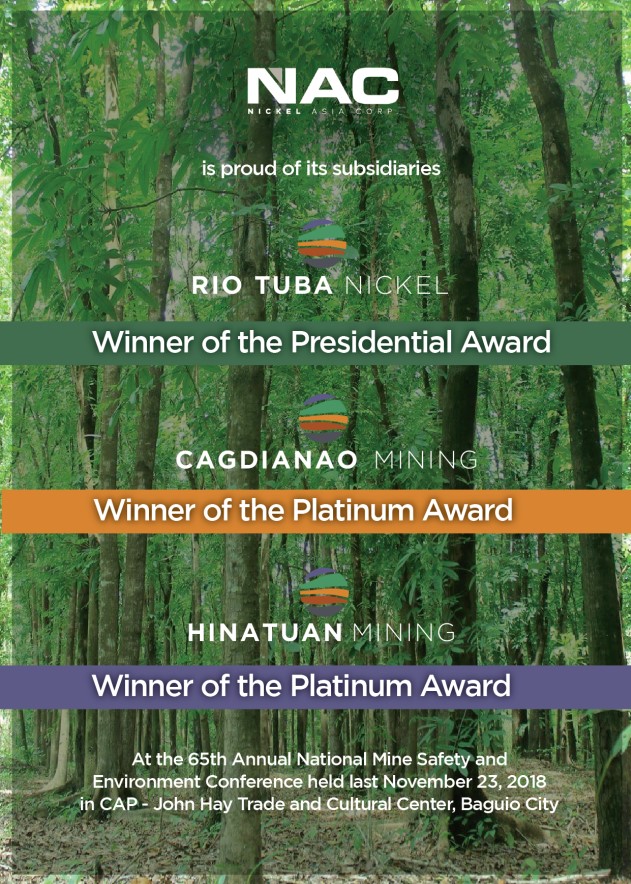SP: Phivolcs, MGB reports key to Tsunami Hill okay
THE expert assessment of the Philippine Institute of Volcanology and Seismology (Phivolcs) and the Mines and Geo-Sciences Bureau (MGB) on the proposed Tsunami Hill project will be critical in the decision of the Sangguniang Panlungsod (SP) whether to approve the Tsunami Hill project or not.
This was clarified during the initial hearing on the proposed project three weeks ago and during the March 5 hearing.
Phivolcs representatives, who were invited and expected by the SP last March 5, however, failed to arrive in Dagupan and instead asked that the details of the proposed project, including location, height and cost be sent to their office for initial evaluation.
Aside from Phivolcs, representatives from the MGB will also be consulted by the SP to determine whether the soil composition in the island barangay of Pugaro is suitable for the planned Tsunami Hill.
Councilor Jeslito Seen, chairman on finance of the SP who presided over the budget hearing on March 5, said Philvolcs will give its assessment on March 12 after receiving the pertinent documents.
In the hearing last March 5, Geronimo Tablada, a structural engineer at the City Engineer’s Office, said technical men from the MGB were set to arrive in Dagupan to conduct boring tests in the proposed location of the Tsunami Hill.
Vice Mayor Belen Fernandez, who served as acting mayor from March 1 to 7, stressed the need for a boring test to find out if the soil-bearing capacity of the island of Pugaro can hold the full weight of the Tsunami Hill.
She noted that the soil in Pugaro, like in most parts of Dagupan, is prone to liquefaction.
“Gusto namin sa SP ay safe siya because we don’t want to give false hopes to our people that when they run to the top in case of a tsunami, they are safe,” Fernandez said.
In that hearing, the councilors had no indication that the first phase of the project was already awarded for construction last January 17.
Tablada and Architect Jose Torio, tasked by City Administrator Vladimir Mata to give the technical description of the project to the SP, brought two scale models of the proposed structure and another on the proposed bio-shield to be put up 30 meters in front of the structure to the SP.
Tablada said the whole structure will be circular with a diameter of 90 meters with several circular stairs and will be 7 meters high (4-meter high hill on top of three-meter high base) built on a 0.50 meter foundation underground.
TOURIST ATTRACTION
Mata , answering a query from Councilor Luis Samson Jr., revealed for the first time that the Tsunami Hill will also be developed and promoted as a tourist attraction in the area in addition to it serving as a refuge shelter for the island’s residents in case of a tsunami.
City Hall also plans to relocate the monument of General Douglas Mac Arthur from its present location on a private property in Barangay Bonuan Gueset near the beach to the top of the Tsunami Hill.
The whole structure, according to Torio, will cost the city government P9 million.
However, P10 million has been allocated in the proposed 2012 budget under the City Disaster Risk Reduction Management Council the project.
Councilor Alfie Fernandez clarified that he has nothing against the Tsunami Hill and attributed the impasse on the issue to the failure of the city hall to explain other uses for the Tsunami Hill.
Councilor Librada Reyna and Alvin Coquia agreed that the Tsunami Hill must be harnessed for tourism purposes as well.
Meanwhile, Torio stressed that one important component of the project is the provision for a coastal bio shield mangrove plantation to be located at least 30 meters from the shoreline after the salvage zone.
Torio said the coastal bio-shield, at 50 meters wide and with a density of 1,000 trees per hectare or 10 trees per square meter, can slow down the rush of tidal wave towards the Tsunami Hill.
Mata said the project would be started as soon as possible and could be finished in six months. He didn’t inform the councilors of the completed bidding of the project.
Mata said Mayor Benjamin Lim thought of the project after a tsunami drill was held in Barangay Pugaro last year with the help of the Office of Civil Defense (OCD) when he was asked by the residents where they would run to in case a tsunami strikes.
Mata pointed out that a tsunami as high as seven meters could strike in case the Manila Trench moves. He did not elaborate the source of his information.
The Tsunami Hill is seen to accommodate all 4,000 residents in the area.
The city hall explained that the interior section of the “hill” will be composed of compacted materials comprising of sand and silt to be dredged from adjacent rivers, including boulders.
The exterior part will be made of solid concrete material that could withstand the surge of a tsunami.






